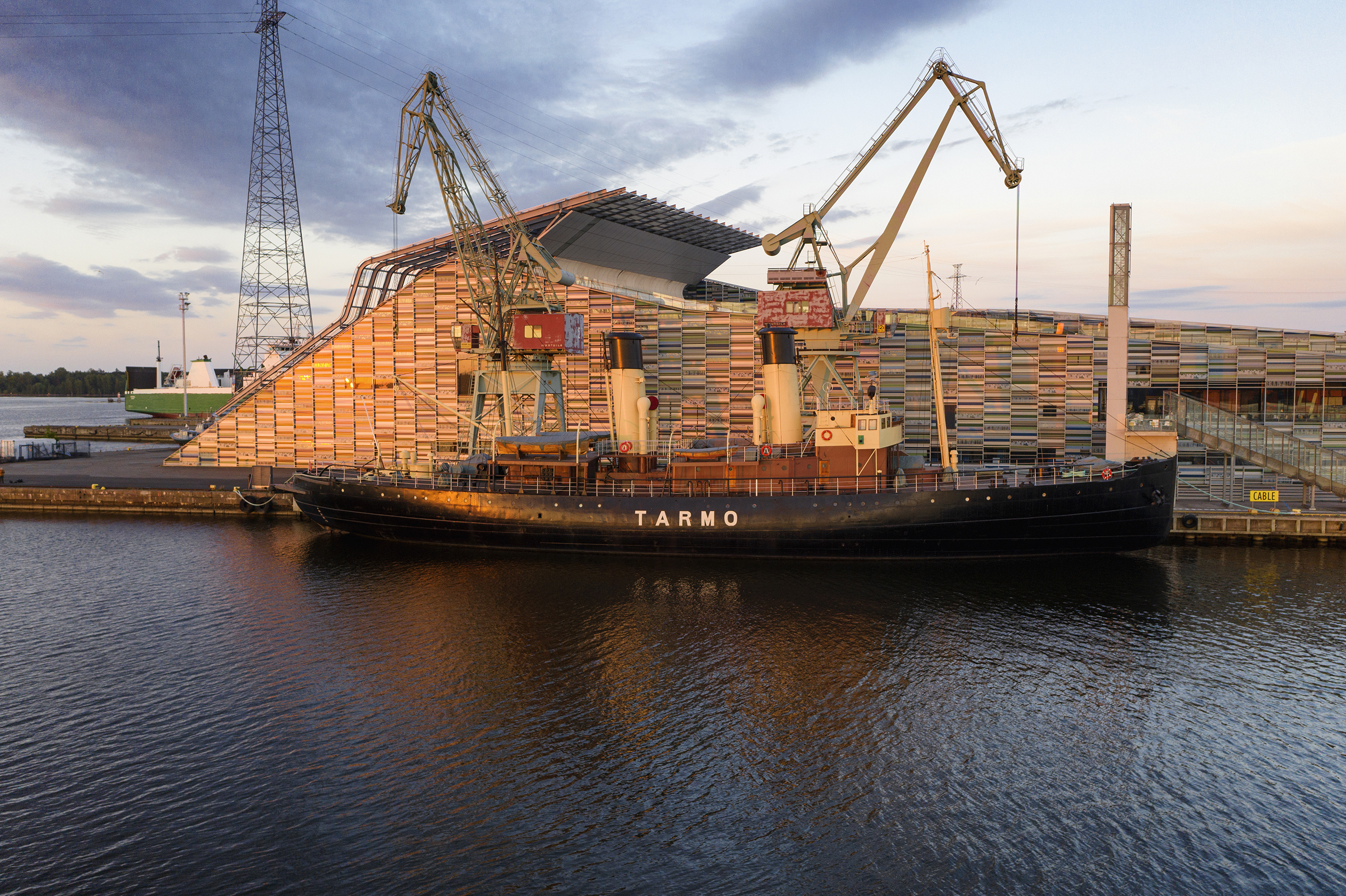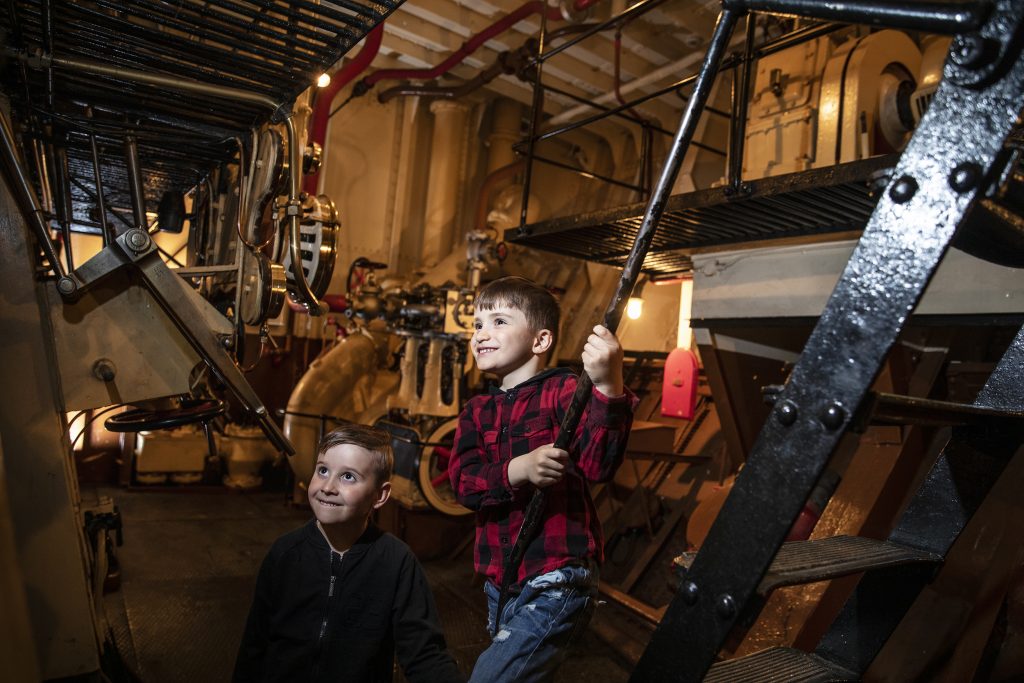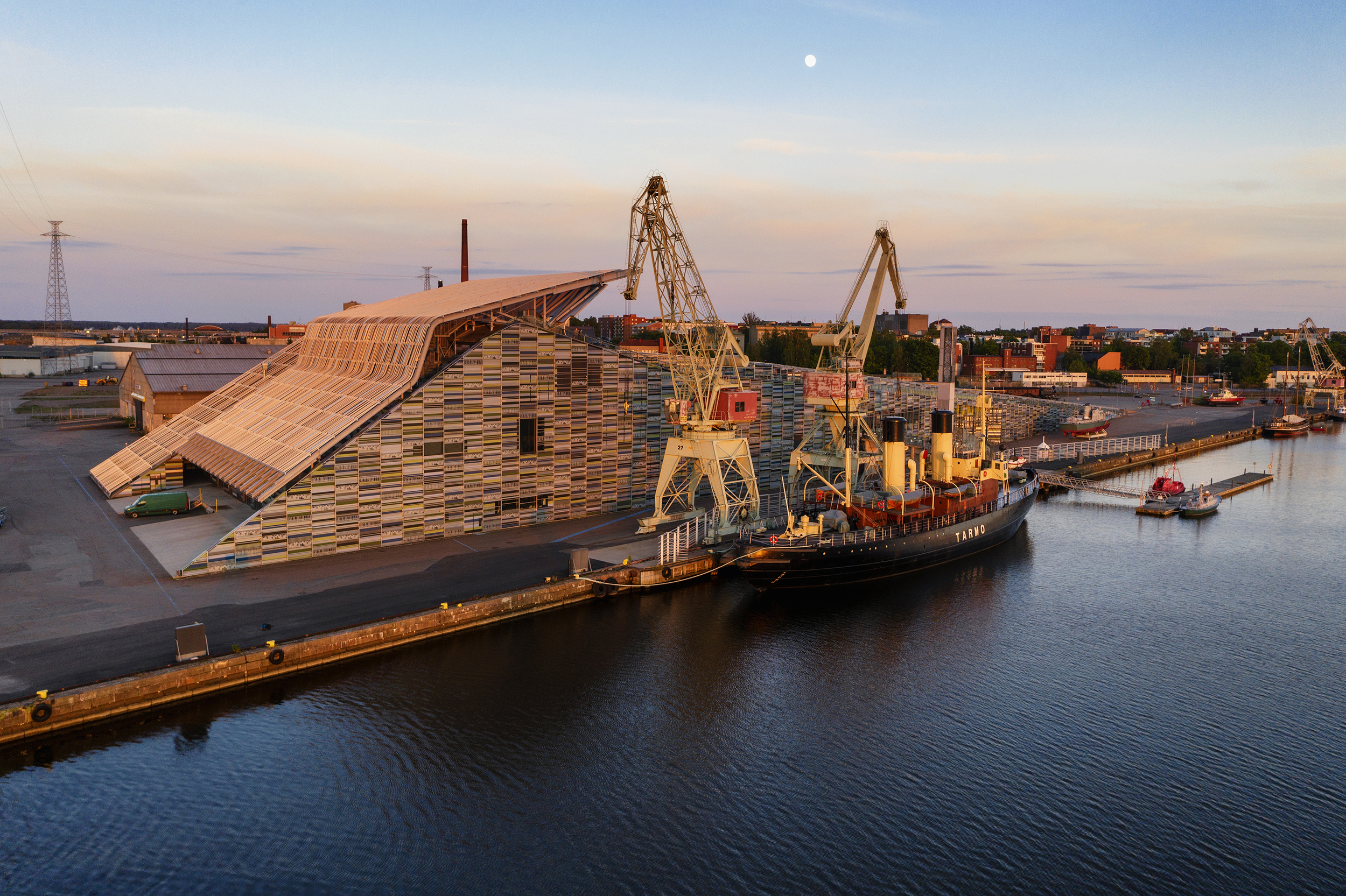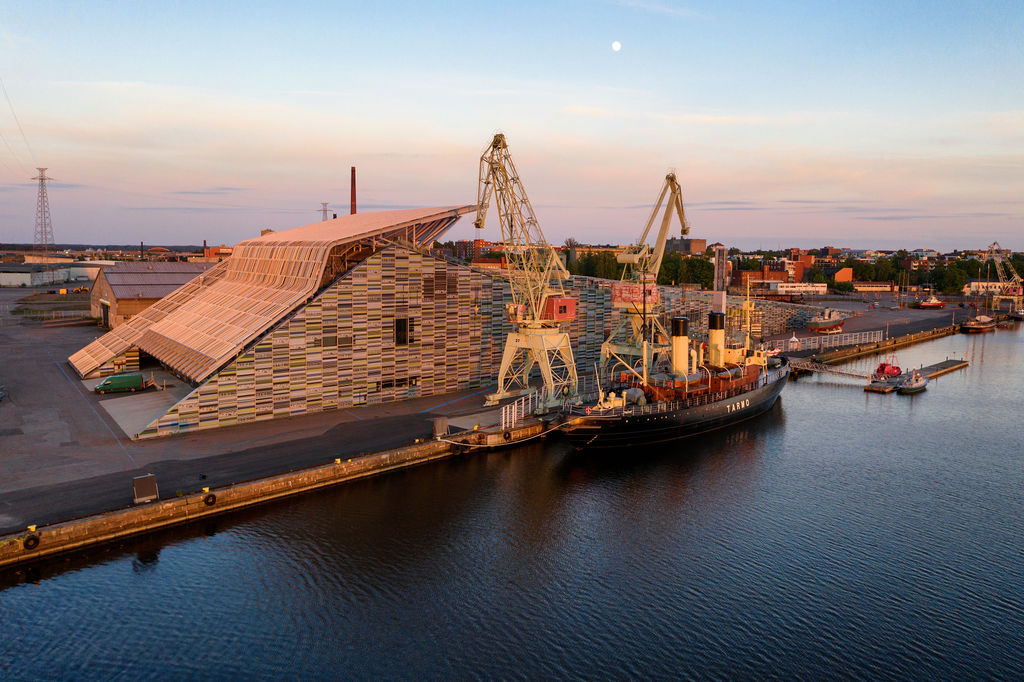
Museum Icebreaker Tarmo
Upon its completion in 1907, Tarmo was the third icebreaker in the Grand Duchy of Finland. The icebreakers were primarily tasked with maintaining a route into our winter ports, Hanko and Turku, and extending the sailing seasons of the ports in Helsinki, Kotka, Mäntyluoto, Rauma and Vaasa. Icebreakers also assisted ships in distress.
Tarmo was the strongest and most powerful icebreaker in Finland at the time, being able to break solid ice up to 80cm in thickness. A front screw made moving in ice easier. In harsher ice conditions, the vessel made progress by ramming its way through the ice. Tarmo had a speed of 13 knots in open water.
During the First World War, Tarmo served in the Russian navy, assisting naval vessels and military transports. When Finland gained independence in 1917 and the Civil War broke out in January 1918, the ship was still under Russian control in Helsinki. Upon a command issued by Senate Chairman P. E. Svinhufvud, Tarmo was captured by independence activists. During the Winter and Continuation Wars, icebreakers were armed for use by the Defence Forces.
During its final years, the vessel served under the name of Apu until 1970, after which it was refitted as a museum ship. The renovation was performed at the Kotka shipyard in 1990–1992. Since July 2008, Tarmo has been open to the public at the Maritime Centre Vellamo’s museum vessel pier, as part of the Maritime Museum of Finland.
Go to Vellamo‘s website to see the opening hours and other details.

Did you find what you were looking for?




